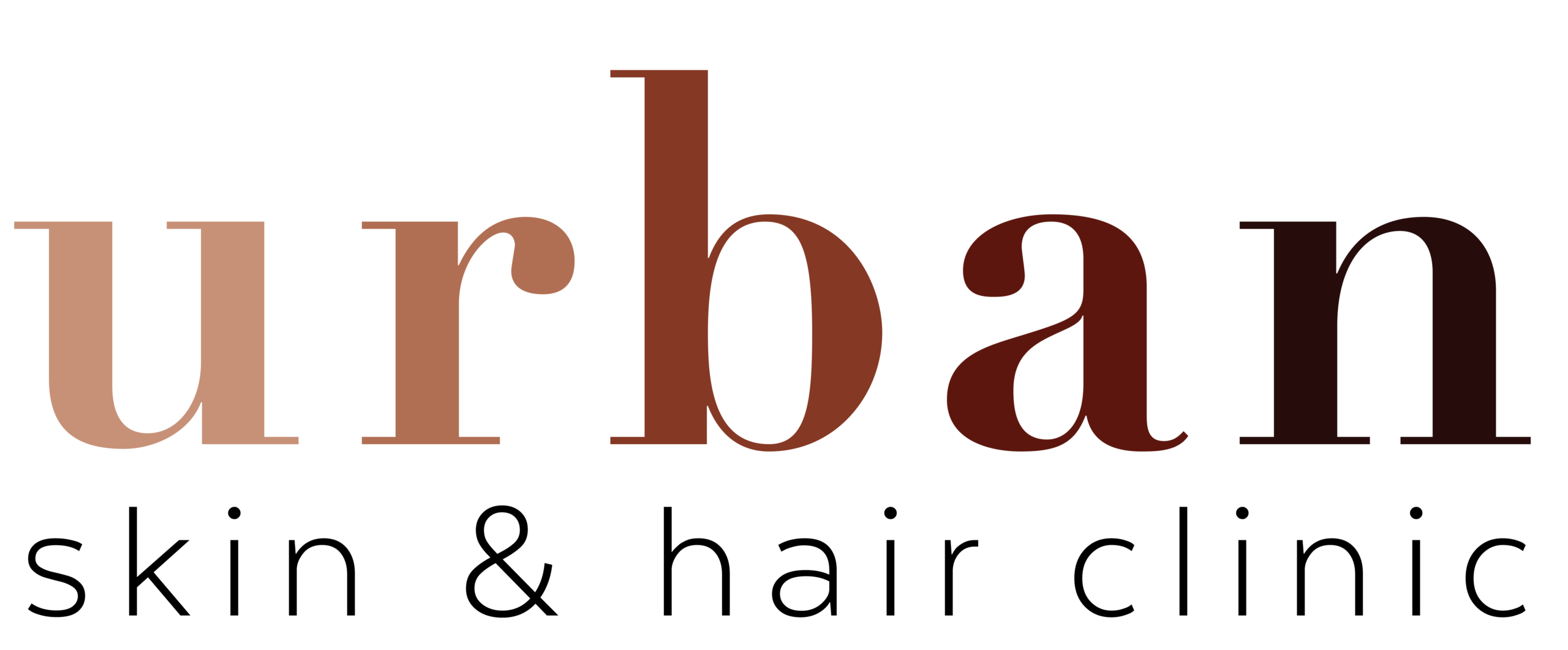Best Hair Loss Treatment for female

Table of Contents
Hair loss treatment for female?
Hair loss (alopecia) affects one-third of women at some point in their life. Up to two-thirds of postmenopausal women have thinning hair or bald patches. Because it’s less socially acceptable, hair loss in women has a large effect than it does in men. Emotional well-being and overall quality of life may suffer greatly when a woman has alopecia areata (hair loss).
Women are more likely to have a single kind of hair loss. Hair thinning on the top of the head, frequently leading to baldness, starts above the temples in males. As a result, the receding hairline creates a distinctive “M” shape.
Female pattern baldness starts with thinning at the portion line and progresses to diffuse hair loss that spreads to other parts of the body and arms over some time. Rarely does a woman’s hairline shrink, or does she become bald.
What are the cycles of hair growth?
The three cycles of hair growth are as follows:
- The anagen phase (growing phase) may last from two months to eight years, where your hair grows during it. It is the stage when 85 to 90 percent of your hair is in the growing stage.
- The catagen phase (transition phase) occurs between two and three weeks, in which hair follicles decrease and prepare to fall.
- The telogen phase (resting phase) takes anything from two to four months to complete. The hair starts to fall out towards the conclusion of this stage.
The anagen phase of your shorter hairs, such as your eyelashes, arm and leg hair, and brows, lasts just approximately one month. The hair on your scalp may survive up to six years, and in certain cases, it can stay much longer.
Types of Hair Loss
There are three types of hair loss:
- Anagen Effluvium: Medication-induced hair loss is the result of drug-induced hair follicle poisoning (like chemotherapy).
- Telogen Effluvium: More hair follicles are entering the telogen phase where hair starts falling out.
- Androgenetic alopecia/female pattern alopecia/female pattern hair loss (FPHL)/baldness: This is the most typical hair loss type. Hair thins out on the crown and sides of the head.
Call Our Specialist
Our Clinic Locations
What really works for women’s hair loss?
Get a blood test done at the doctor’s office first. There may be underlying issues that only a doctor can identify. It’s okay to search the internet for over-the-counter remedies as long as your doctor says everything is fine under the hood.
Best Hair Loss Treatment for Female
Some kinds of hair loss may be effectively treated with effective therapies. Hair loss may be slowed or even stopped if not reversed. Hair may regenerate without therapy in a year in certain cases, such as alopecia areata (patchy hair loss). Medication and surgery are some hair loss treatment options.
Medication
If your hair loss is the result of an underlying illness, you’ll have to seek medical attention for that illness as well. Your doctor may advise you to stop taking a drug for a few months if it’s causing the thinning.
There are medications to treat genetic pattern baldness. The most popular choices are as follows:
- Minoxidil (Rogaine): Minoxidil is available as a shampoo, foam, and liquid. Apply the cream to the scalp skin twice daily for males and once daily for women to get the best results. Foam applied to damp hair is preferred by many.
Using minoxidil-containing products may help many individuals re-grow their hair or slow down the pace at which they are losing it. To stop additional hair loss and begin hair regeneration, you’ll need to undergo therapy for at least six months. To know whether the therapy is working for you, it will probably take a few more months. If the medication is working, you’ll have to take it for the rest of your life to reap the rewards.
Hair growth on the surrounding skin, such as the face and hands, is possible as a side effect.
- Finasteride (Propecia): These pills are prescribed to males alone and are taken once a day. In many men, finasteride slows hair loss, and in others, new hair growth occurs. It may take many months before you can determine whether or not it is working for you. To maintain the advantages, you’ll have to keep taking it. Finasteride may not be as effective for men over 60 as it is for men in their 50s and 60s.
Reduced libido and sexual desire are two rare but serious adverse effects of finasteride. The likelihood of developing prostate cancer is also increased. Pregnant women and anyone who may become pregnant should avoid handling broken or crushed pills.
- Other medications: Spironolactone (Carospir, Aldactone) and oral dutasteride (Avodart) are also available as oral medications.
Hair Transplant Surgery
When it comes to permanent hair loss, the most frequent kind affects just the top of the head. Hair restoration surgery, such as a hair transplant: may help you make the most of the hair you do have left.
A dermatologist or cosmetic surgeon performs a hair transplant by removing hair from a healthy scalp area and transplanting it to a bald area. There are too many hairs in each bald spot (micrografts and mini grafts). A bigger section of skin, including many hair clusters, may be used on occasion. Although you won’t need to stay in a hospital for this operation, you will be given a sedative to help with the pain. Bleeding, bruising, oedema, and infection are all potential side effects. You may need more than one procedure to achieve your goals. Despite surgery, hereditary hair loss will worsen over time.
Insurance generally does not cover alopecia surgical treatments.
Laser therapy
The FDA has authorized the use of a low-level laser device to treat men and women who suffer from genetic hair loss. It has been demonstrated in a few modest trials to increase hair density. Long-term consequences will need further research.
Recent Posts

Your Ultimate Guide to Carbon Peel Treatments! What is a Carbon Peel? A carbon peel, also known as a Hollywood

Acne Treatment for oil skin
Myths About Female Hair Loss (Debunked) Medically reviewed by Dr. Kiran Table of Contents If you are suffering from recurring

How to remove unwanted facial Hair
How to remove unwanted facial Hair effectively? Medically reviewed by Dr. Kiran Table of Contents It can be common concern

How thyroid causes melasma
Medically reviewed by Dr. Kiran Table of Contents Are you tired of the skin pigmentation condition known as melasma, the
FAQs
How many hairs fall is normal in a day for a female?
The American Academy of Dermatologists says it’s typical to lose 50-100 strands of hair each day. Longer hair strands may be more visible. The loss of 100 or more hair strands each day isn’t noticeable since each person’s scalp has 100,000 or more hair follicles.
How many hairs fall is normal in a day for a female?
Hair loss during oiling is also frequent. It will cling to your hands as you massage your scalp with the oil. Hair loss when brushing, washing, or oiling your hair should not worry you as long as it is under 100 strands each day.
Conclusion
Hair loss may be distressing due to heredity, illness, or even stress. Our experienced dermatologists can assist you with hair loss treatments. Hair loss may be reversed if you visit our clinic as soon as you detect a problem. The sooner you start therapy, the better results you will give.
Our Expert Doctors









I wanted to thank you for this very good read!! I absolutely loved every bit of it. Ive got you saved as a favorite to check out new things you postÖ